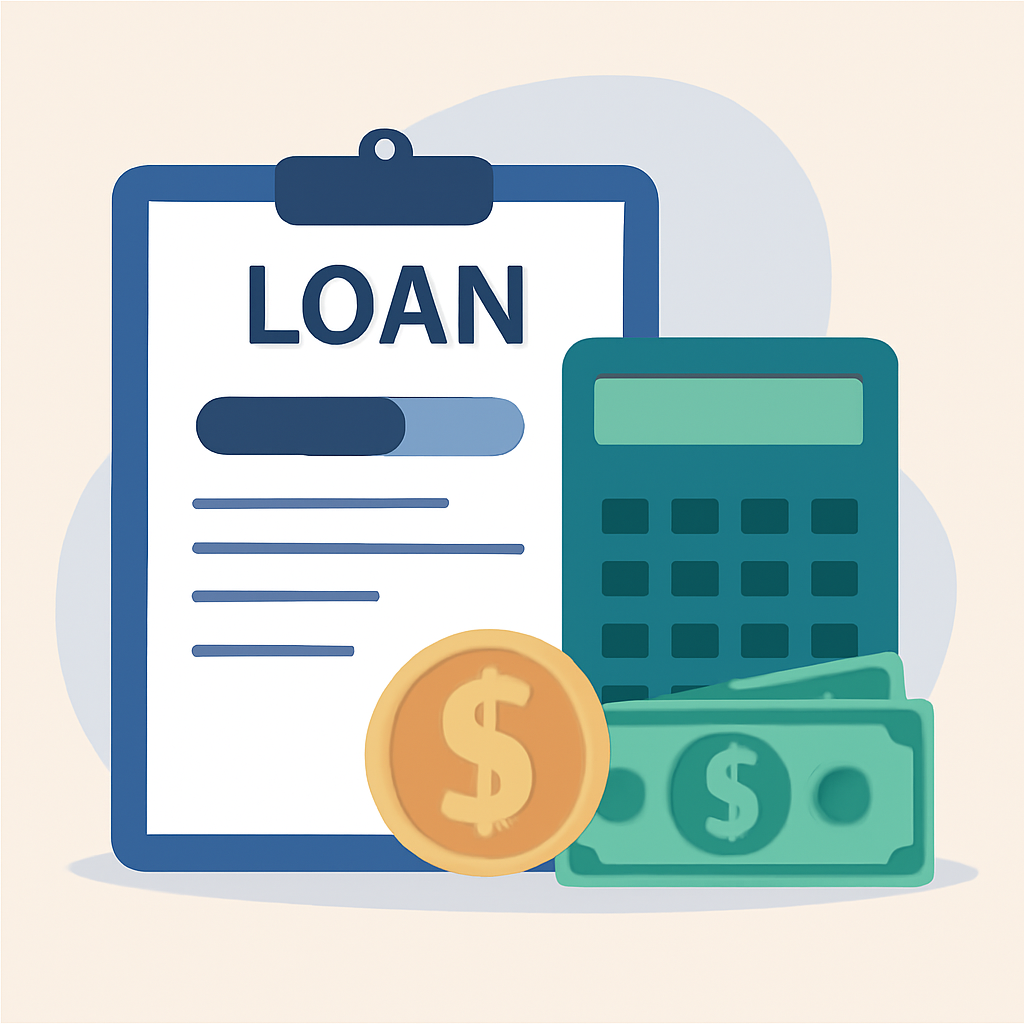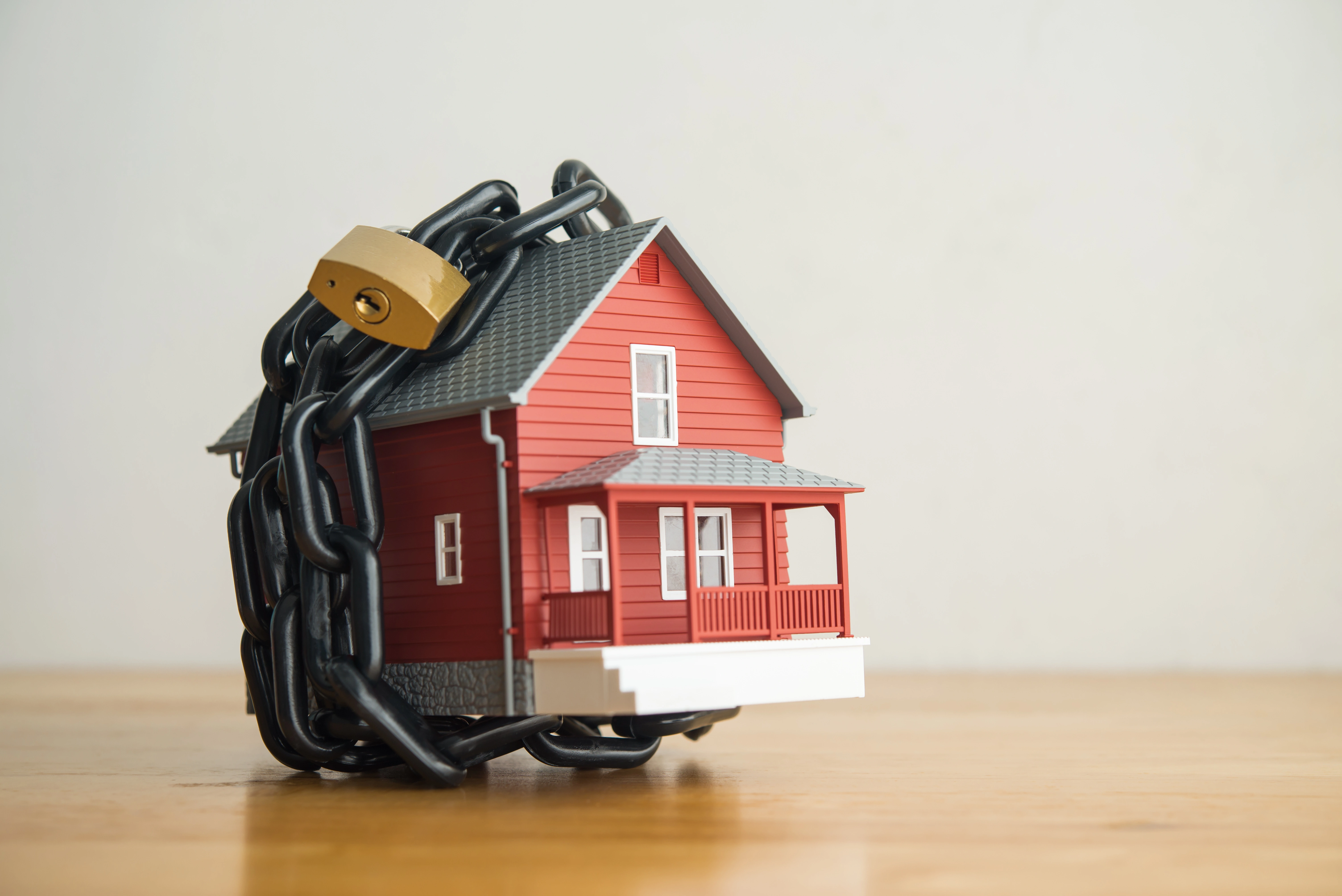Remaining Loan Balance Payment


Remaining Loan Balance Payment
Do You Have to Pay the Remaining Balance with Assumable Mortgages?
Understanding Assumable Mortgages: The Key Question
Many buyers and sellers considering assumable mortgages ask one important question: Do we have to pay the remaining balance? This is a crucial consideration for buyers who want to learn what assumable mortgages really offer and why they are such an attractive financing option.
What Happens to the Remaining Loan Balance?
The answer is simple: You don’t have to pay the remaining loan balance outright when you assume an existing mortgage. Instead, you take over the seller’s current loan with all its original terms intact, including the outstanding balance and the existing low interest rate.
Assuming the “Responsibility,” Not the Full Payment Upfront
In other words, what you’re truly assuming is the responsibility for repaying the existing loan balance over time. For example, if the seller has $300,000 left on their mortgage, you step into their place and continue making payments on that $300,000 loan.
The Equity Gap: What You Need to Cover
However, there’s one important aspect to keep in mind: You are responsible for covering the difference between the sale price and the remaining loan balance—this is known as the equity gap.
- If a house is sold for $400,000 and has a $300,000 mortgage balance, you need to bring $100,000 to cover the seller’s equity.
This equity payment can come from your savings or through other financing options, such as a second mortgage or a personal loan.
Why Mortgage Assumption Makes Sense
Mortgage assumption allows buyers to capitalize on the seller’s lower-rate mortgage, potentially saving thousands each month compared to current market rates. Plus, you only pay the equity difference up front—not the entire loan amount.
Remember: You’re simply assuming the seller’s existing loan balance and terms; you don’t pay it all upfront.
How Assumable Simplifies the Process
At Assumable, we help buyers understand these costs clearly. Here’s how we make mortgage assumption easy:
- We list homes with estimated equity gaps for transparent decision-making.
- We provide expert support to ensure a smooth closing process.
- We serve all 50 states and over 6,500 cities across the United States.
- 77% of our listings are below 4% APR.
- The average Assumable customer saves $1,013 per month and $323,000 in interest.
Accessible & Affordable Home Ownership
We believe mortgage assumption is a smart way to spread out your loan repayments over the remaining term—while only requiring you to cover the home equity upfront. That’s how home ownership becomes more accessible and affordable for Americans.
Find Homes with Assumable Mortgages Near You
Our dedicated app lets you search and find homes with mortgage assumption facilities in your area. Start exploring properties near you today and take advantage of lower monthly payments and substantial interest savings.
.svg)










